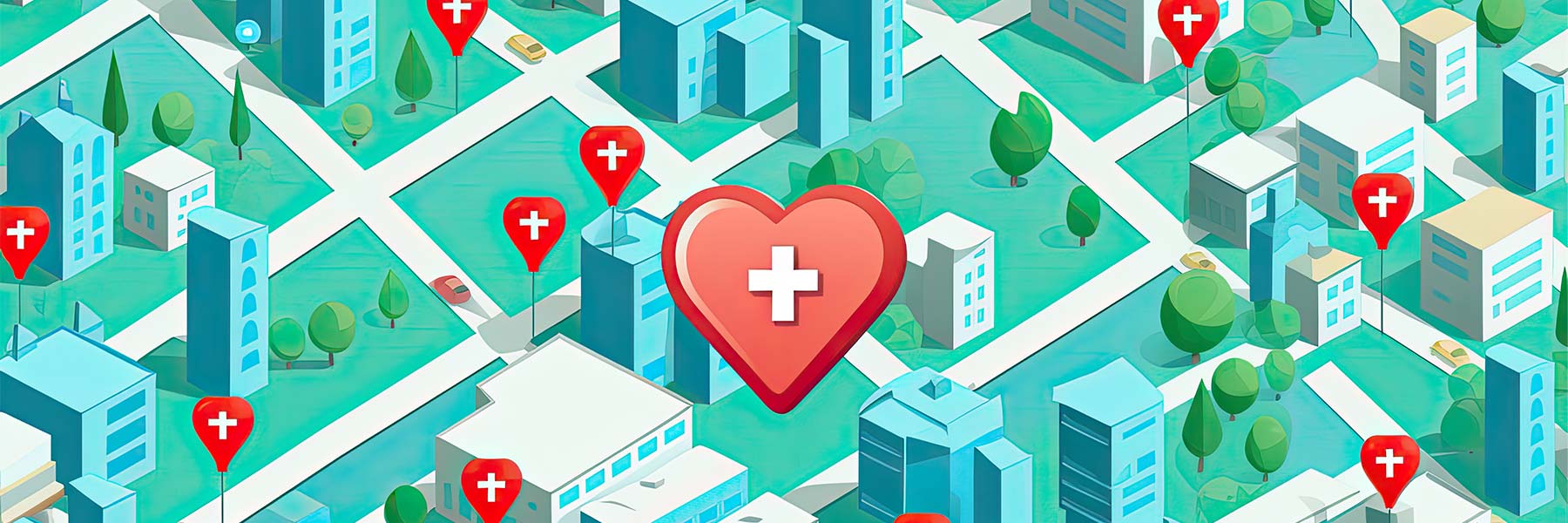Real-world healthcare improvements
Our DNP program empowers students to lead real-world healthcare improvements through a project. By applying evidence-based solutions, DNP students directly impact patient care, optimize systems, or implement new policies. Our students are passionate about making a difference in healthcare, exploring DNP projects is a key step toward becoming a nursing leader.
Learn more about the exciting projects our DNP students are leading! Please check back as we continue to add our students' projects.







